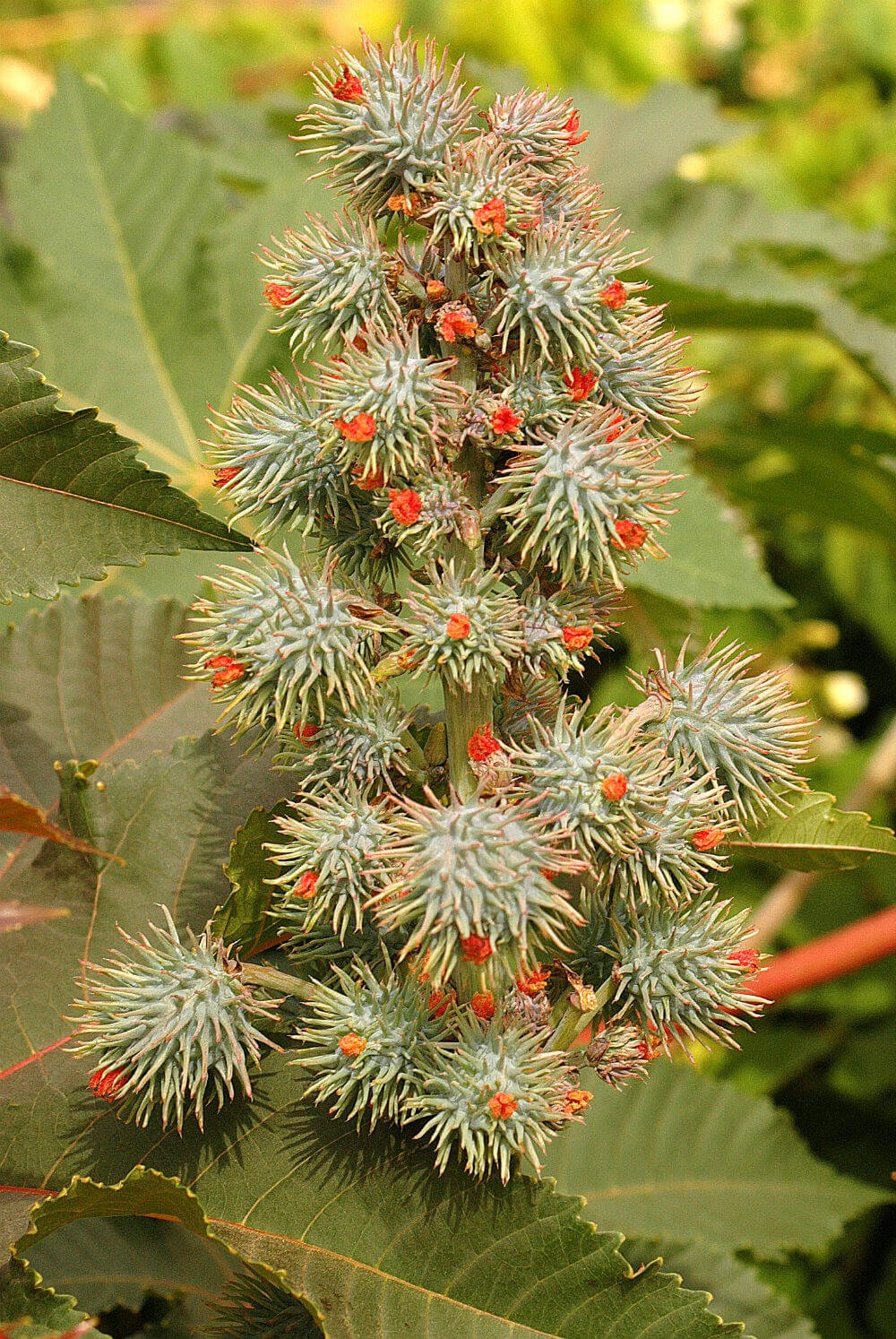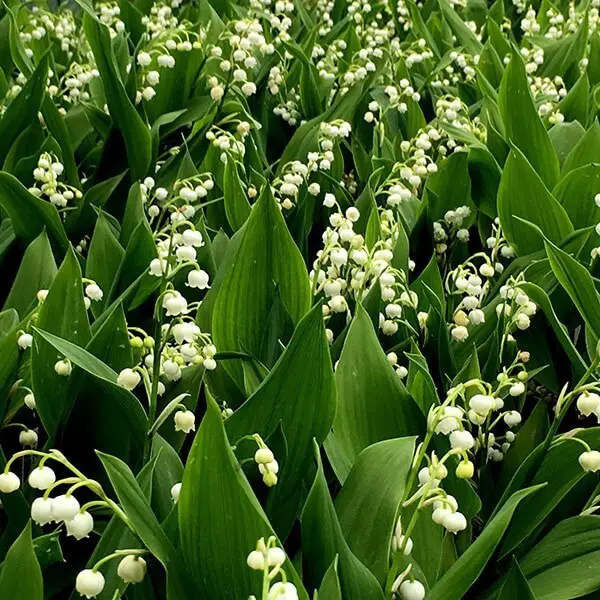Common Poisonous Plants Affecting Dogs And Cats
Among the most common poisonous plants that can harm cats and dogs are lilies, castor beans, cycad palms, rhododendrons, azaleas, laurels, yews, crocuses, foxgloves, and oleanders. These plants often adorn homes and gardens, but they contain toxic substances that can be deadly to pets if ingested. Even small amounts of certain varieties can cause severe illness or death in dogs and cats.
In this article, we will explore some of the most poisonous plant species and their potential impact on our beloved pets.
Lily Plants are Poisonous for Dogs and Cats

Among the most hazardous plants for felines, lilies pose a significant threat to cat health. The Lilium genus includes notorious toxic species such as Easter lilies (L. longiflorum), tiger lilies (L. lancifolium) and stargazer lilies (L. auratum). Furthermore, certain Hemerocallis species also fall under this category, rendering them equally perilous for our feline friends. The toxicity of lily plants stems from their capacity to induce kidney damage.
Following ingestion, symptoms can manifest within hours, featuring a triad of vomiting, loss of appetite, and lethargy.
Castor Beans are Toxic to Pets

The castor bean plant (Ricinus communis) is infamous for containing a potent toxin called ricin. This toxic substance is present in every part of the plant, but its concentration is highest in the castor bean itself. In fact, just one single bean can be lethal to a dog.
When castor beans or plants are ingested by pets, it can lead to a range of distressing symptoms, including vomiting, diarrhea that may contain blood, excessive salivation and thirst, loss of appetite, abdominal pain, general weakness, muscle spasms, seizures, tremors, incoordination, and even coma. These severe reactions are known as castor plant or castor bean toxicosis.
Poisonous Cycad Palm Plants and Pets

The Cycas revoluta, also known as the sago palm, and the C. circinalis, or false sago palm, are both cycad palms that contain a toxic compound called cycasin. This toxin is present throughout the entire plant, but it’s particularly concentrated in the seeds. As a result, all parts of the plant can be hazardous to ingest, with the seeds posing an even greater risk due to their higher toxicity levels.
Rhododendron, Azalea and Laurel Plants are Poisonous for Small Animals

The Ericaceae family comprises numerous plant species that are toxic to pets. Some of the most common culprits include rhododendron, azalea, rosebay, and their various subspecies. Other hazardous plants in this family include Kalmia’s laurel, Leucothoe’s black laurel and fetterbush, Lyonia’s maleberry and staggerbush, Pieris’ Japanese pieris, and Ledum’s Labrador tea.
When pets ingest these toxic plants, they may exhibit a range of distressing symptoms, such as vomiting, diarrhea, excessive salivation, pneumonia caused by aspiration, irregular heartbeat, depression, incoordination, weakness, and even seizures.
Yew Plants Toxic to Dogs and Cats

The Yew plant, belonging to the genus Taxus, harbors a range of toxic compounds known as taxane derivatives or taxines. A grave concern is that every part of this plant is poisonous, making it perilous if ingested, with no prior warning signs. In cases where symptoms do emerge, they can include vomiting, neurological manifestations such as tremors, incoordination and labored breathing, and a slowed heart rate culminating in heart failure.
Autumn Crocuses and Plant Toxicities for Dogs and Cats


Autumn crocuses, comprising Colchicum autumnale and showy autumn crocuses (Colchicum speciosum), harbor a range of toxic compounds throughout their plant structure. The most concentrated amounts are found in the flower, corm, and seeds, all of which contain colchicine and similar alkaloids.
This inherent toxicity can lead to a delayed onset of symptoms, typically manifesting between 12 to 24 hours after exposure and including signs such as excessive salivation, depression, vomiting, diarrhea, abdominal pain, weakness, paralysis, and ultimately, collapse.
Toxic Foxglove Plants and Pets

In the United States, three types of foxglove plants can be found: Digitalis purpurea (common or purple foxglove), D. lanata (Grecian foxglove), and D. lutea (straw foxglove). What’s concerning is that these plants contain cardenolides, including digitalis, which are toxic to dogs and cats. When animals ingest these toxins, they may exhibit a range of distressing symptoms, such as gastrointestinal irritation characterized by vomiting, diarrhea, excessive salivation, and loss of appetite.
Furthermore, irregular heart rhythms can also be observed, highlighting the importance of prompt identification and treatment if foxglove toxicity is suspected in pets.
Lily of the Valley Toxicity in Dogs and Cats

Lily of the valley (Convallaria majalis) plants possess a cardenolide toxin, mirroring that found in foxglove. The resulting symptoms from lily of the valley poisoning are strikingly similar to those experienced during foxglove poisoning. Alarmingly, sudden death has been reported in some cases, with no prior warning signs or symptoms observed.
Oleander Poisoning in Dogs and Cats

The oleander plant (Nerium oleander) is a multifaceted species, also referred to as the laurel rosa, laurel blanco, and laurel colorado. In fact, it’s one of several names that reflect its unique characteristics. While many plants are known by a single name, oleander has earned multiple monikers due to its distinctive features. One such characteristic is the presence of cardiac glycoside poison within its composition.
This toxic substance produces symptoms eerily similar to those seen in cases of foxglove poisoning. Interestingly, it’s often animal ingestion of dead or dried leaves that leads to oleander poisoning, as these seemingly more palatable options can be mistaken for fresh greens.
Yesterday, Today and Tomorrow Plants and Poisoning in Dogs and Cats

Both Brunfelsia australis and B. grandiflora contain a neurotoxin called brunfelsamidine, which can cause seizures when ingested. The toxicity is not limited to any particular part of the plant; all parts are potentially hazardous. The symptoms of poisoning typically begin within minutes to hours after consumption and include coughing, gagging, and abnormal eye movements (nystagmus). As the poison takes hold, tremors and seizures can ensue.
Unfortunately, dogs and cats have been known to ingest or chew on these plants, putting them at risk for serious harm. Moreover, many toxic plants are commonly kept as houseplants or garden ornaments, making it crucial for pet owners to be aware of their surroundings.
Related Posts
When it comes to flower delivery services, a common question arises: do you tip your floral courier? The answer lies in understanding gratuities for the industry. It’s essential to consider the level of service provided and the cost of the arrangement. A general guideline is to tip 15% to 20% of the total bill, just like at a restaurant. However, if you’re not satisfied with the delivery or experience issues, a smaller tip or even no tip at all may be appropriate.
In this context, it’s crucial to balance your expectations with the level of service received. Furthermore, there are other factors to consider when calculating a gratuity, such as the complexity of the arrangement and any additional services provided.






